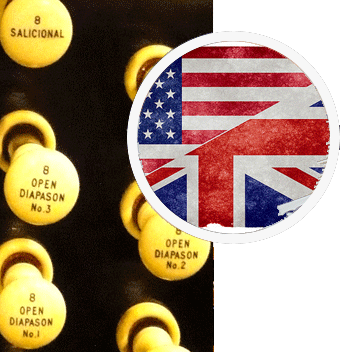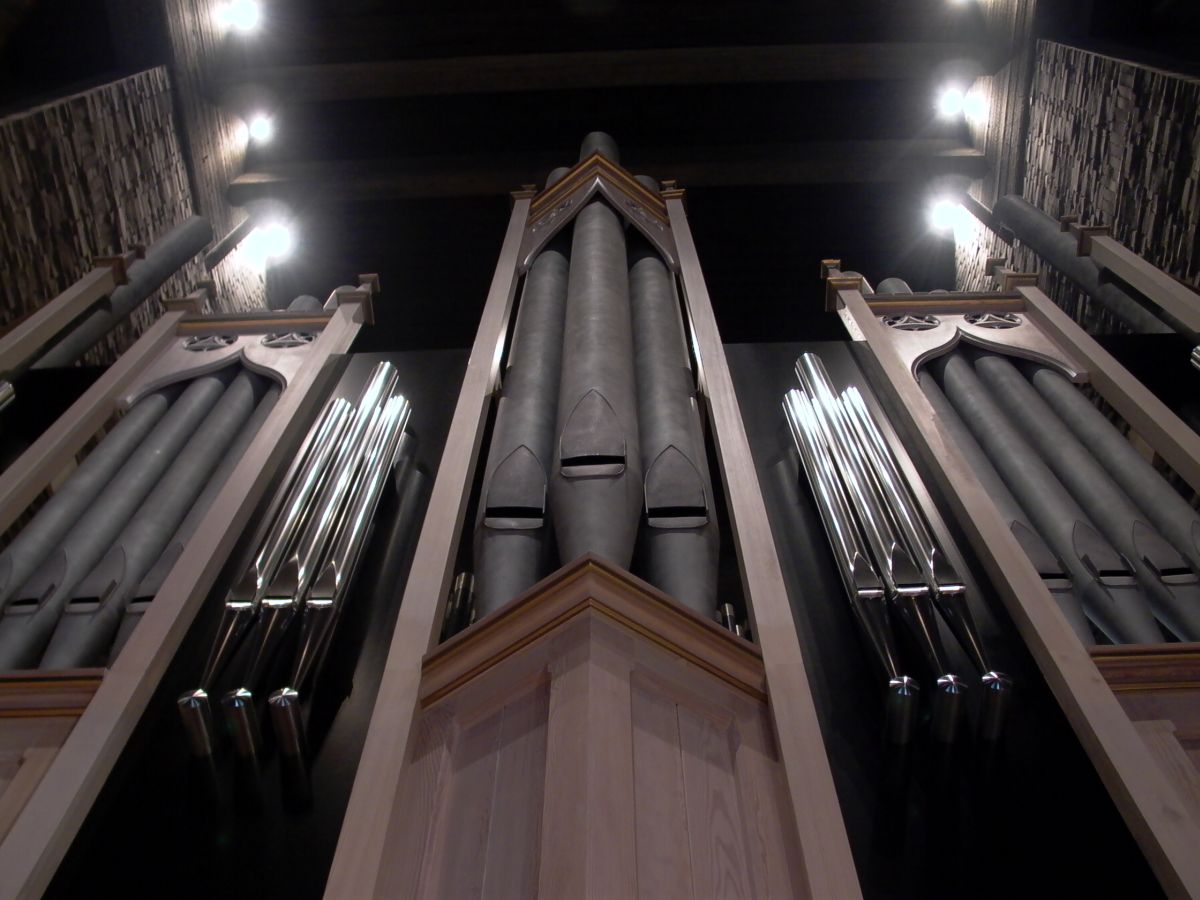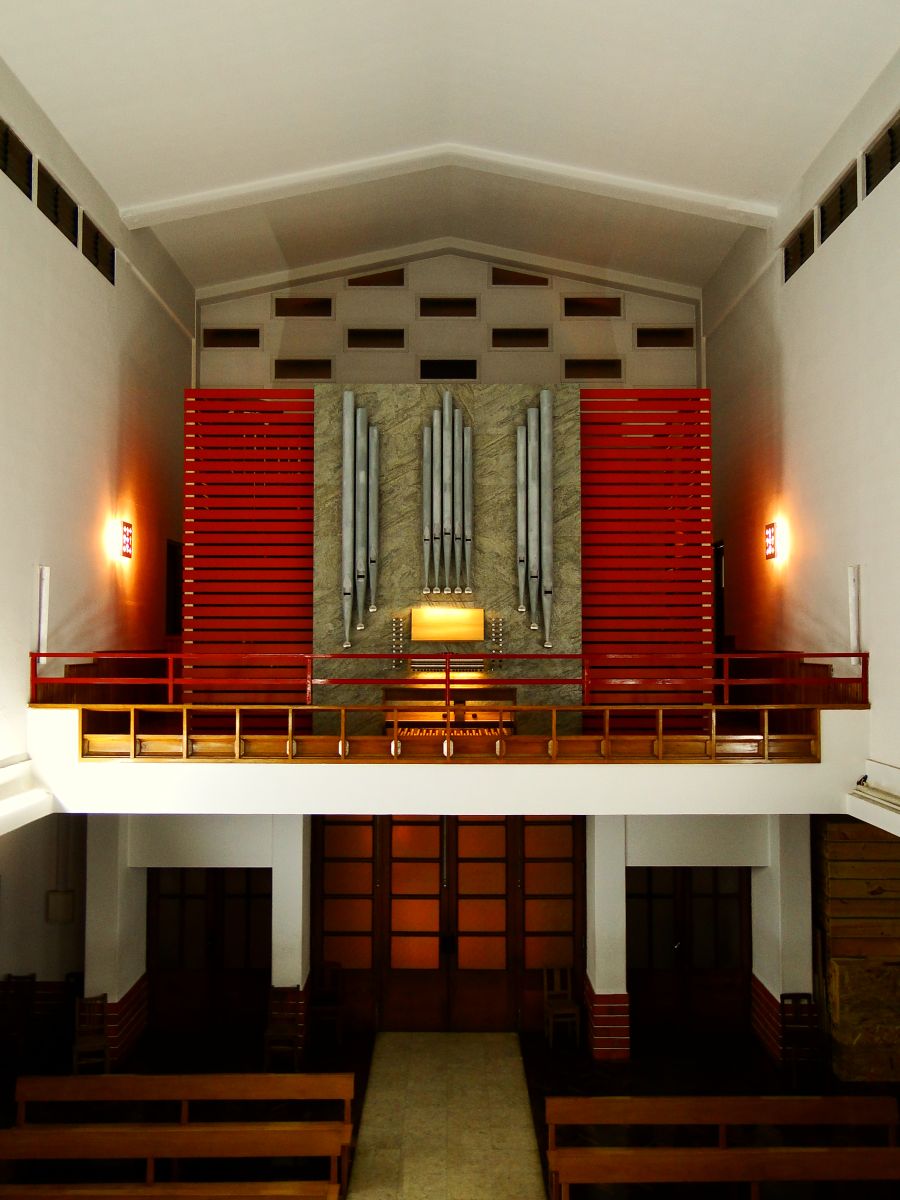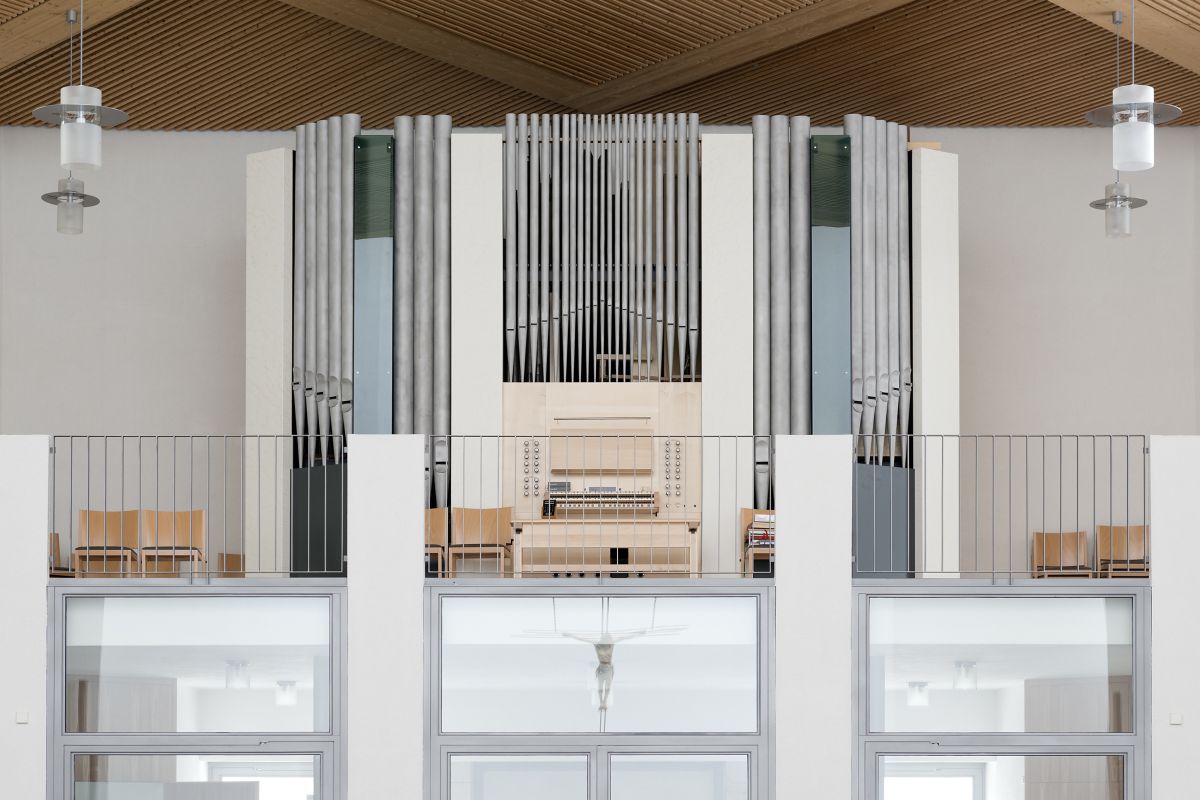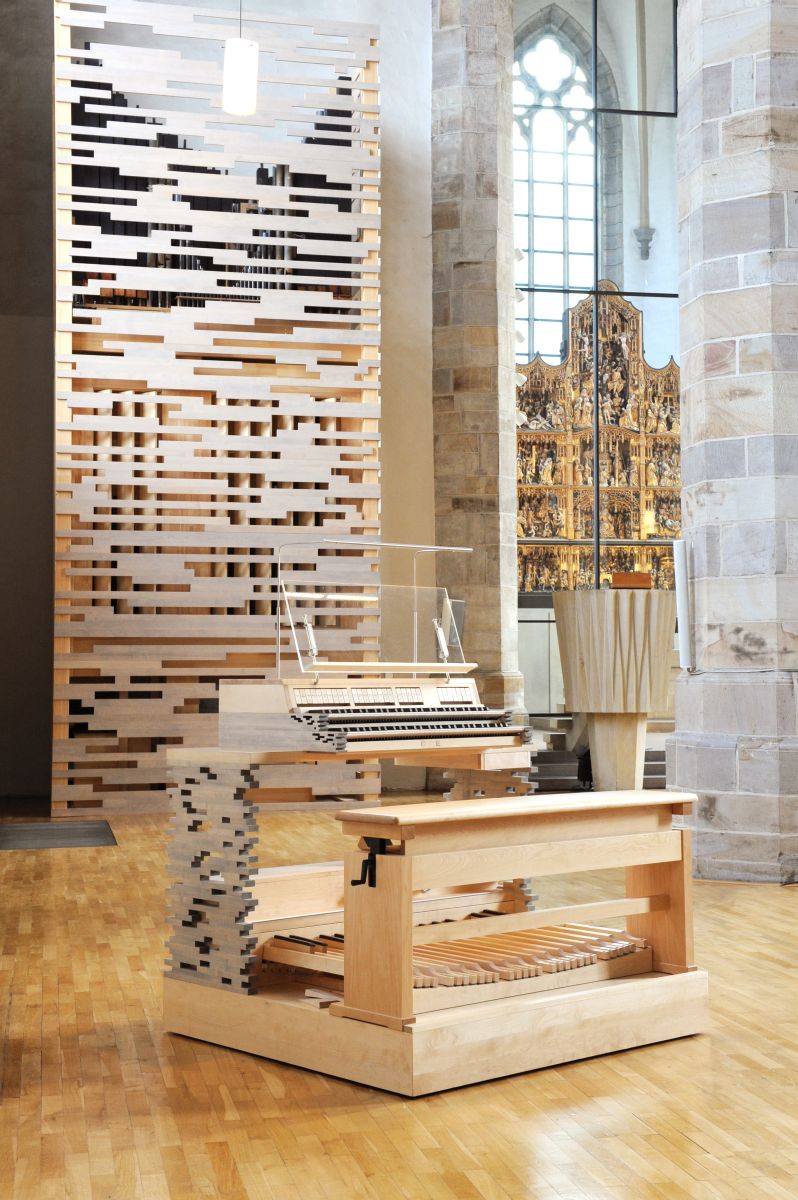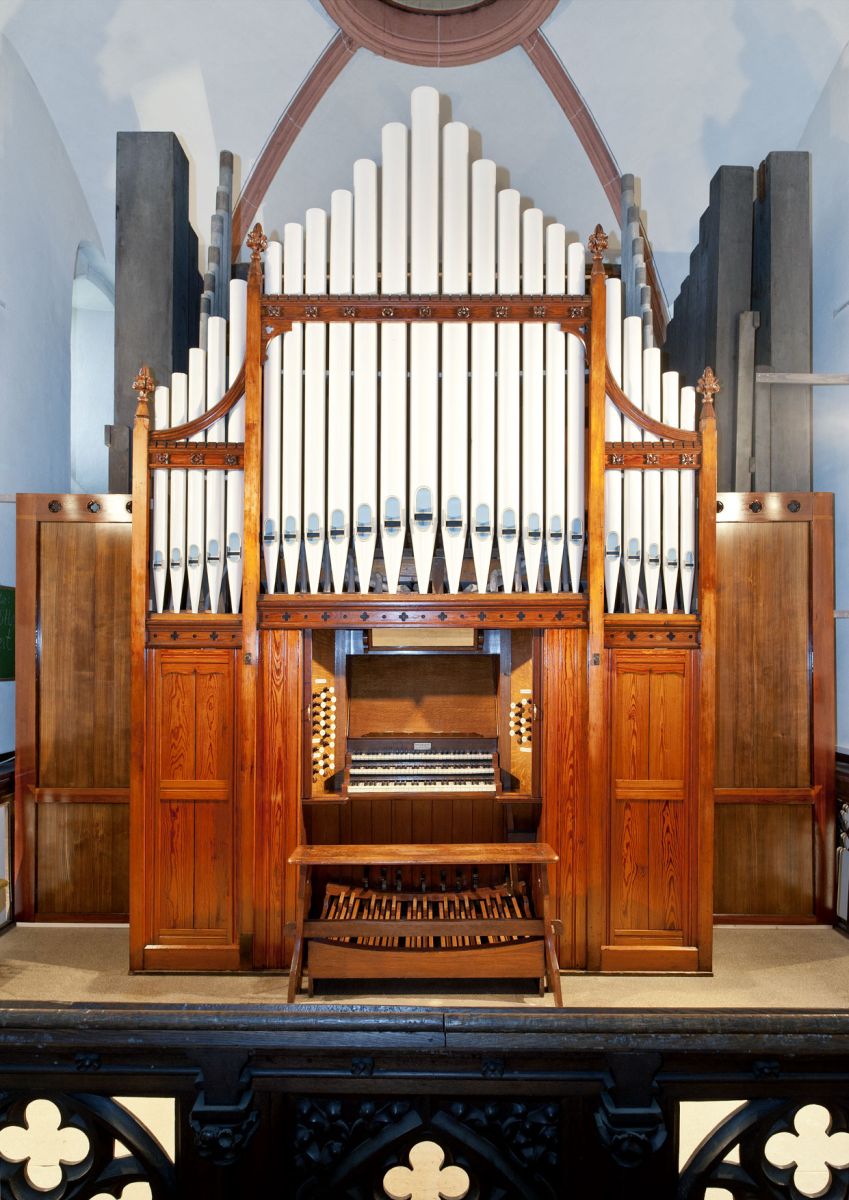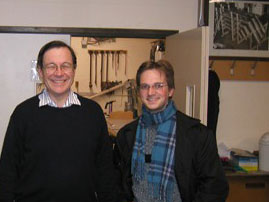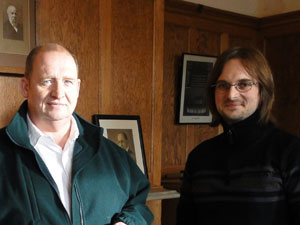As in every epoch, there can be substantial differences between different organ-builders even with instruments built in the same time period. However, organs from the Anglo-American Romantic Epoch are principally characterised by a soft and stable fundamental sound. The crest sound is more or less pronounced, depending on the builder. Contrary to German romantic-style organs, the second manual (swell organ) is much more pronounced.
Technically speaking, the organs are similar to each other insofar as the pedalboard, independent of the manual action technique (mechanical or pneumatic), is usually pneumatically-operated. The reason for that is that the pedal organ is built as an extension to a series (this means that several stops control one rank) and the pipes are distributed to several individual windchests.
In principal it must be said that english instruments are characterised by a solid construction.




